Are you facing a situation where your sewer line needs to be replaced but you don’t want the mess and inconvenience of having to dig up your yard? You’re not alone! Replacing defunct or damaged sewer lines can be a daunting task, especially since traditional replacement methods require hours of disruptive excavation.
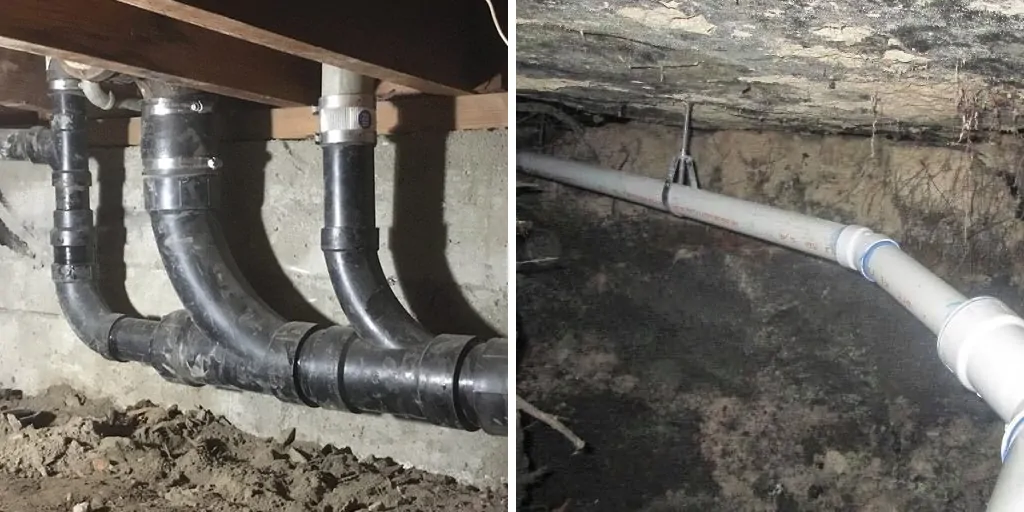
If this sounds like your situation, don’t worry – there’s good news! With advances in plumbing technology, replacing or repairing significantly deteriorated sewers no longer means digging up yards or disrupting landscaping – allowing for swift repairs with minimal interruption to everyday life.
In this blog post on how to replace sewer line without digging we’ll explore how you can replace a broken sewage pipe without all the headaches associated with a big excavating project.
Needed Materials
Before we dive into the process of replacing a sewer line without digging, let’s make sure you have all the necessary materials. Here’s what you’ll need:
- A Plumbing Permit (if Required by Your Local Authority)
- A High-pressure Water Jetter or Hydro Excavator
- A Trenchless Pipe-bursting Machine
- Replacement Pipes, Preferably Made of Durable and Long-lasting Materials Like Pvc or Hdpe
- An Experienced Plumber Who Specializes in Trenchless Sewer Line Replacement
10 Step-by-step Guidelines on How to Replace Sewer Line Without Digging
Step 1: Inspection and Assessment
The first step involves identifying the problem with your sewer line. This can be done using a camera inspection, where a small camera is inserted through an access point to visually inspect the interior of your sewage pipe. The footage will help determine the extent of damage and the appropriate repair method. You’ll also need to assess whether a plumbing permit is necessary.
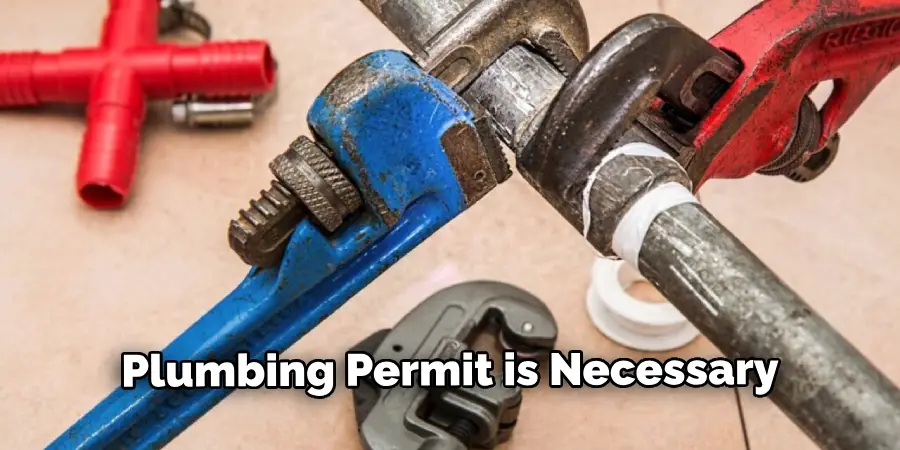
Step 2: Gather Materials
As mentioned earlier, you’ll need a high-pressure water jetter or hydro excavator, and a trenchless pipe-bursting machine. These machines can be rented from local tool rental stores if you don’t have them. You’ll also need replacement pipes, preferably made of durable and long-lasting materials like PVC or HDPE. It’s important to have all materials ready before starting the repair process.
Step 3: Prepare the Site
Clear any obstructions or debris around the access point. This will ensure that the trenchless machine has easy access to your sewer line. But if your sewer line is located under a structure or within a confined space, it’s best to hire an experienced plumber who specializes in trenchless sewer line replacement. This will help avoid any damage to your property. It’s always better to be safe than sorry!
Step 4: Create an Access Point
Your plumber will need to create two access points – one at the beginning and another at the end of your sewer line. This is necessary for inserting the pipe-bursting machine and replacing the new pipe. You can also opt for a single access point if your plumber uses a water jetter or hydro excavator to create an entry and exit hole.
It’s important to note that the hole created will be much smaller than traditional excavation methods.
Step 5: Insert the Bursting Head
The next step is to insert the bursting head, attached to a cable, through one access point and pull it towards the other end using a hydraulic machine. As the bursting head moves along, it breaks up your old pipe and creates space for the new one. It’s important to have a plumber who understands the process and has experience handling the machine.
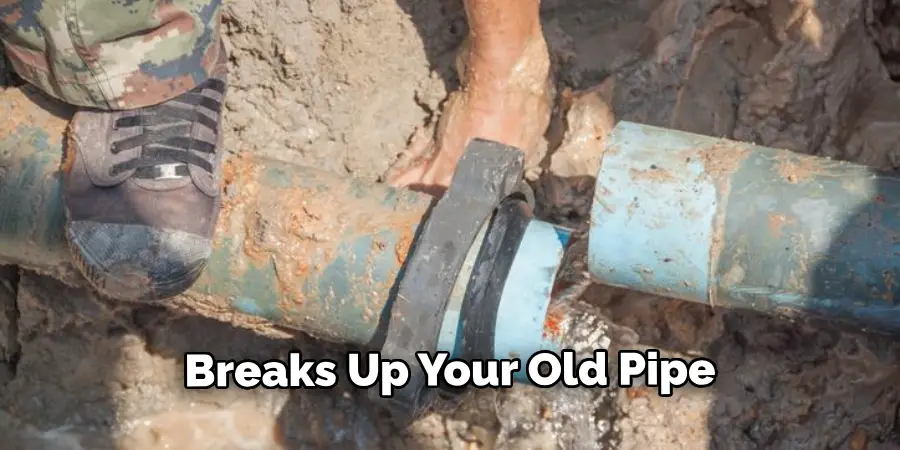
Step 6: Insert the Pipe
Once the old pipe is broken, your plumber will insert the new pipe behind the bursting head. The cable and bursting head will continue to move forward, pulling in and placing the new pipe as it goes along. You can now begin to see how the old pipe is being replaced without having to dig up your yard!
Step 7: Connect the Pipes
Once the new pipe is in place, it’s time to connect it with the existing plumbing system. Your plumber will use connectors and other necessary materials to ensure a tight and sealed connection between the pipes. You can also ask your plumber to use trenchless methods like pipe lining to strengthen the connection.
Step 8: Test for Leaks
Before covering up the access points, it’s essential to test for any leaks. Connect a water source and run water through your new sewer line to ensure everything is working correctly. If any issues are detected, they can be addressed immediately without disrupting your yard. But with professional installation, leaks are rare.
Step 9: Cover the Access Points
Once everything is in order and you’re satisfied with the repair, it’s time to cover up the access points. Your plumber can use compacted soil or concrete patches to fill the holes, leaving your yard intact. This process is much quicker and less damaging than traditional digging methods. However, it’s important to wait for the concrete to dry fully before resuming any outdoor activities.
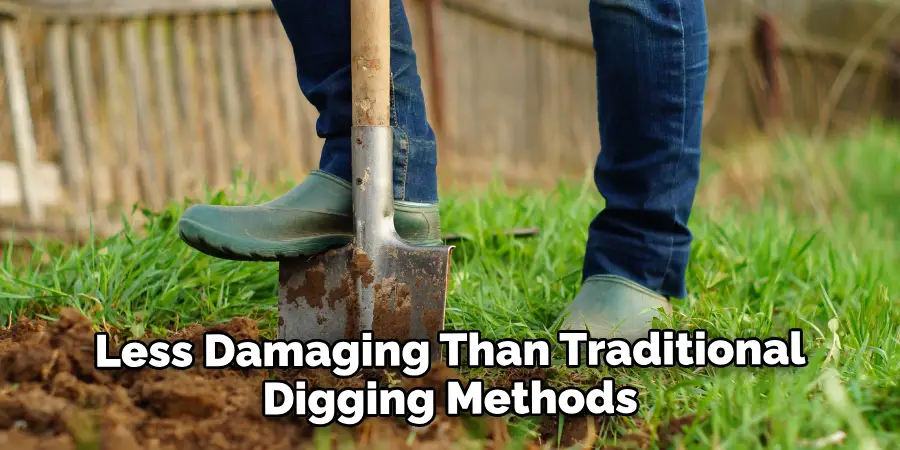
Step 10: Post-repair Inspection
After completing the sewer line replacement without digging up your yard, it’s crucial to conduct a post-repair inspection. This can be done using a camera to ensure the new pipe is properly connected and functioning correctly. It’s also a good idea to keep an eye out for any changes in your plumbing system, such as slow drainage or strange noises, which could indicate potential issues.
Following these ten steps on how to replace sewer line without digging will help you replace your sewer line without digging, saving you time and money while keeping your yard intact. With the latest trenchless technology, replacing a broken sewage pipe has become an efficient and hassle-free process.
So don’t wait until it’s too late – be proactive and address any sewer line issues as soon as possible! Your future self will thank you for it. Remember, for a smoother and hassle-free process, always hire an experienced plumber who specializes in trenchless sewer line replacement. Good luck!
Additional Tips
- Regular Maintenance Can Help Prevent Sewer Line Issues and Prolong the Lifespan of Your Pipes. Consider Scheduling Yearly Inspections to Catch Any Potential Problems Before They Become Major Issues.
- Be Cautious of What You Flush Down Your Toilet or Drain. Avoid Flushing Items Like Wipes, Feminine Hygiene Products, or Grease That Can Clog Your Sewer Line and Cause Damage Over Time.
- If You Live in an Older Home, Consider Replacing Your Sewer Line Before It Becomes a Major Problem. Aging Pipes Are More Prone to Damage and Can Be Replaced Preventatively to Avoid Expensive Repairs Down the Road.
- Consult With Multiple Plumbers and Get Quotes Before Deciding on a Repair Method. This Will Ensure You’re Getting the Best Price and the Most Experienced Professional for the Job.
- Educate Yourself on the Different Trenchless Sewer Line Replacement Methods Available to Determine Which One is Best for Your Situation.
- Don’t Postpone Addressing a Sewer Line Issue. The Longer You Wait, the More Damage It Can Cause and the More Expensive It Will Be to Repair. So Don’t Hesitate to Take Action When Needed. Remember, Taking Care of Your Sewer Line is an Essential Part of Maintaining a Healthy and Functional Home. So if You’re Experiencing Any Problems, Don’t Hesitate to Call a Professional Plumber for Help. They Have the Knowledge and Equipment Necessary to Replace Your Sewer Line Without Digging, Keeping Your Yard Intact and Saving You Time and Money in the Process.
Frequently Asked Questions
Q1. How Long Does a Trenchless Sewer Line Replacement Take?
A1. On average, a trenchless sewer line replacement can take anywhere from 2-4 days, depending on the complexity of the job and any potential complications that may arise. It’s important to consult with your plumber for a more accurate timeline.
Q2. Is Trenchless Sewer Line Replacement More Expensive Than Traditional Digging Methods?
A2. Initially, trenchless sewer line replacement may seem more expensive than traditional digging methods. However, when factoring in the cost of repairing any damage to your yard and landscaping, as well as the potential cost of re-routing any utility lines, trenchless methods can actually save you money in the long run.
Q3. Will My Yard Be Damaged During a Trenchless Sewer Line Replacement?
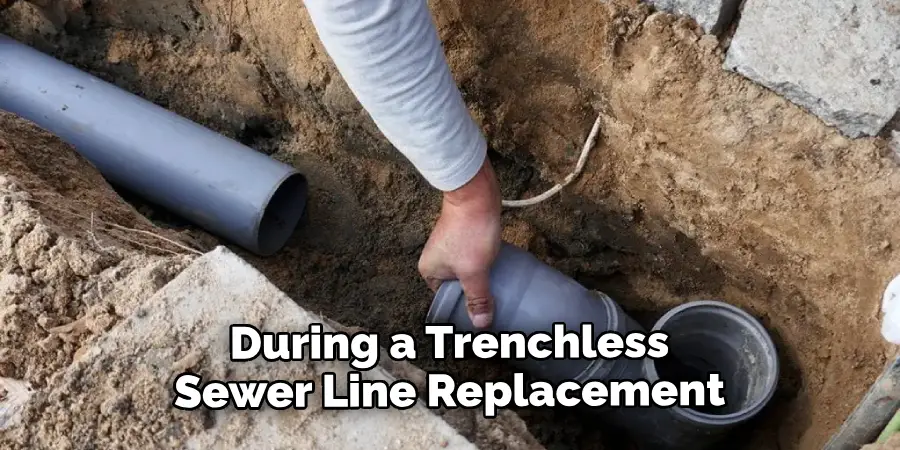
A3. No, your yard will not be damaged during a trenchless sewer line replacement. The access points created for the bursting head and new pipe will be strategically placed to avoid any major disruption to your yard. Plus, the process of pulling in the new pipe is done underground, so there’s no need for extensive digging.
Conclusion
After reading this blog post, you should understand the basics of replacing a sewer line without digging. Thanks to modern technology, you can save time and money by avoiding excavations. From using trenchless pipe bursting and pipe drillings to deciding on installation methods, having the right knowledge and information is essential for successful repairs.
Take proactive steps on how to replace sewer line without digging to protect your home or business’s plumbing infrastructure from any potential issues that may arise. Make sure that all work is done by certified professionals who can help you assess any potential problems upfront and avoid any surprises down the line.
We hope that what you have read here today has provided you with enough knowledge so that you can make a more informed decision for your sewer replacement needs! Don’t wait until it’s too late – get started today on protecting your plumbing system for years to come!

